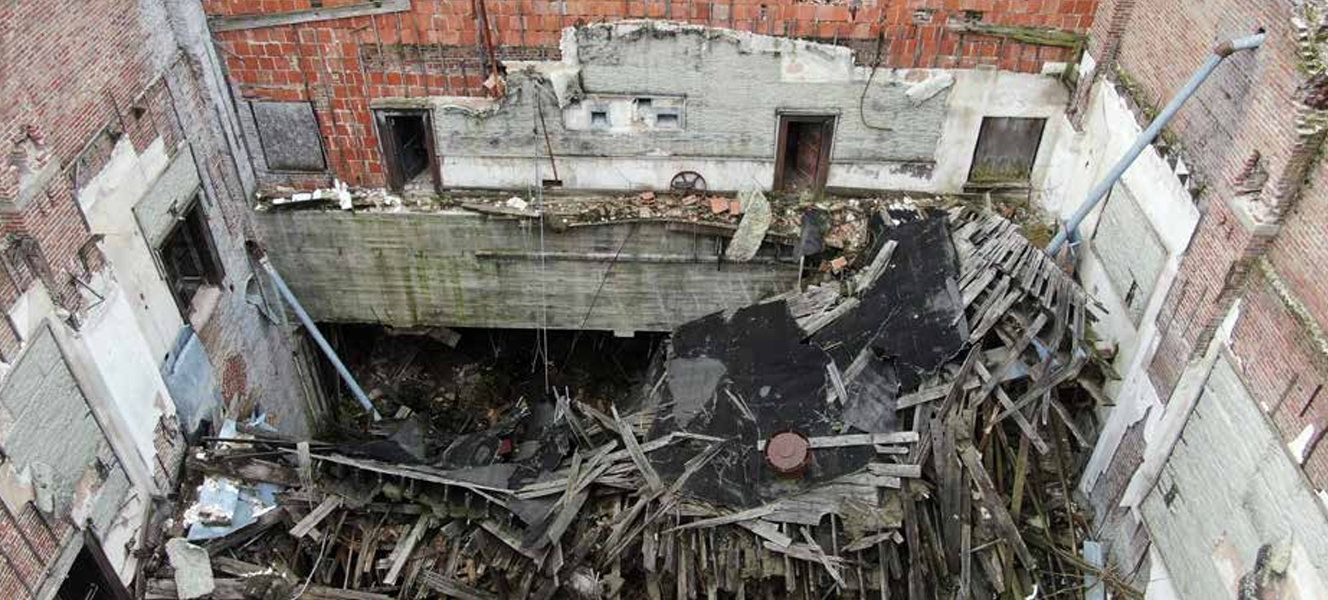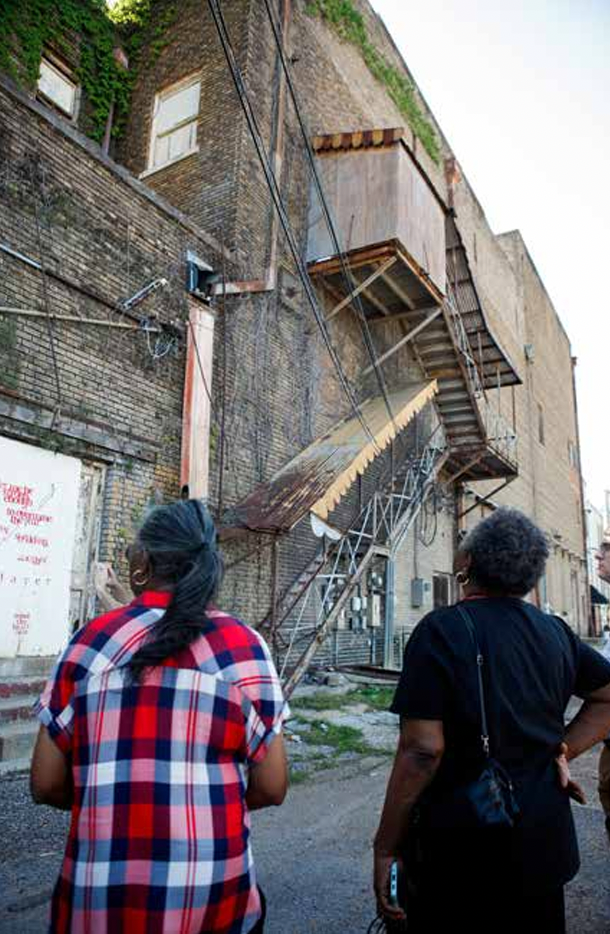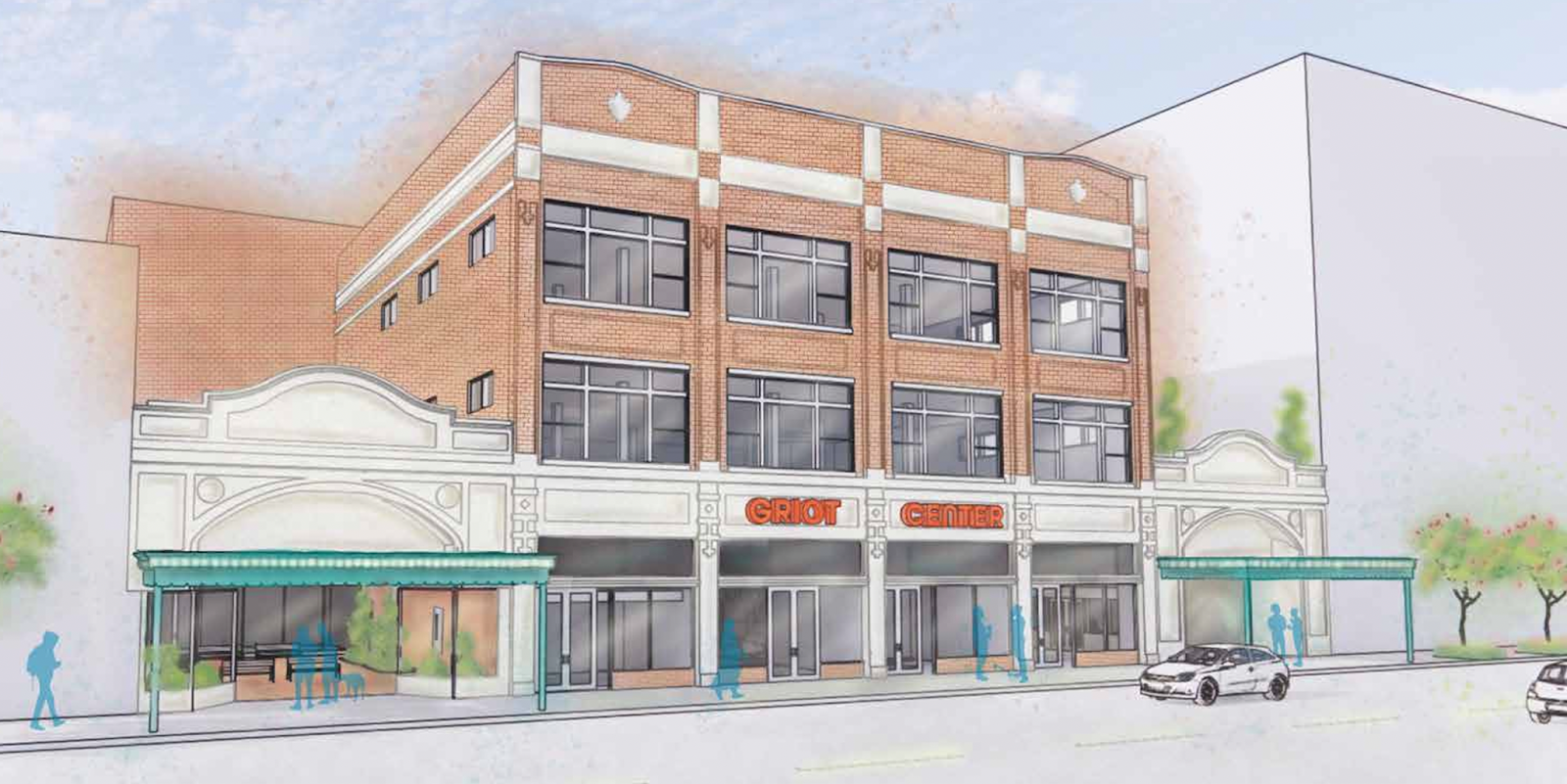
Clarksdale, Mississippi, is known as the birthplace of the blues. The small town in the heart of the Mississippi Delta is rich with artistic legend and legacy – it’s said to be where blues icon Robert Johnson sold his soul to the devil in exchange for his musical talent at the famous intersection of Highway 61 and Highway 49.
This history is explored in one of the most talked-about movies of 2025, Ryan Coogler’s vampire film, “ Sinners. ” Set in the 1930s, Coogler’s film is a fresh contribution to the supernatural horror genre, drawing from Clarksdale’s blues roots and rich cultural history.
The issue is, there is no movie theater in Clarksdale, Mississippi. To see their own town celebrated on the silver screen, residents have had to drive more than an hour each way.
“There’s nowhere to see the movie, and it’s about us,” said Rebecca Pleasant-Patterson, executive director of Griot Arts, a non-profit that focuses on arts education in Clarksdale. “It’s about our culture, it’s our history, it’s our roots, it’s our stories.”
That disconnect didn’t go unnoticed. Community members raised their concerns, and the creators of “Sinners” listened. At the end of May, Warner Bros. brought in a cinema-grade projector to host free screenings of “Sinners” in Clarksdale. The viewings were part of a three-day event that also included Q&As with the film’s cast and crew, live music, panel discussions, and local food.
The event was an important celebration of the film, the community, and the contributions of the Delta at large. But it offered only a temporary remedy to the issue of movie theater access for Clarksdale residents.
Thanks to Griot Arts, a more permanent solution is underway. The arts nonprofit is transforming the town’s long-abandoned and once-segregated Paramount Theater into a multidisciplinary arts and cultural space. The goal, according to Pleasant-Patterson, is to use the downtown venue to inspire creativity, foster opportunity, and support community development.
The Past, Present, and Future of the Paramount Theater
In 2020, Griot Arts acquired 32,000 square feet within the historic downtown, including a former department store and Clarksdale’s abandoned historical theater, the Paramount. Originally built in 1918 as the Marion Theater, the cinema was one of the first in the region built to host both films and live theater performances.
The theater, which was renamed the Paramount in the 1930s, operated as a segregated theater from its opening until 1965. Black community members recall sitting in the cramped “Colored” balcony section of the theater, often referred to as the “Buzzard’s Roost.” Nearby, The New Roxy, which currently operates as a music venue, was a Black theater that offered an alternative entertainment experience.
Like other businesses in downtown Clarksdale, the Paramount went through many cycles of decline and reinvention, opening, closing, and changing hands through the decades. In the 1990s, the theater closed for good and began to fall into disrepair. Much of the building is crumbling and the roof of the auditorium has fully collapsed. Without immediate attention to the space, the community could lose the historic building forever.

Now, Griot Arts is rehabilitating the structure and transforming it into The Griot Center, a space for arts programming, performance, film, career development, education, and more.
The arts nonprofit provides a range of programs and services that support artistic and community development in Clarksdale. The three main arms of the organization include an arts-focused after-school program, a holistic workforce development initiative, and a project that connects community members to social services and resources.
“We’re an arts organization that uses creativity to connect people to their purpose and to their stories,” Pleasant-Patterson said.
The plans for the new Griot Center embody these organizational goals. The project will support a variety of creative environments, including co-working spaces, dance rooms, recording studios, computer labs, and ceramics studios. And the theater itself will be revamped and put back in working order. Griot Arts’ Deputy Director Ben Lewis wants the Paramount Theater to remain a multidisciplinary space.
“We desperately, in our community, need a live performance stage of professional quality. But we also don’t have a movie theater, so we would love to be able to do films. And it was built to be both,” Lewis said.
Confronting a Segregated Past
Though the Paramount is on the verge of collapse, a rusted, two-level stairway remains intact at the back of the theater. While it could easily be dismissed as simply a fire escape, this staircase is in fact a vestige of the theater’s segregated past. Hidden away in the back alley behind the theater, it was used to access the “Colored” balcony. These sections of segregated theaters were often uncomfortable, overcrowded, and had poor visibility.

Griot Arts asked the Clarksdale community what the fate of this staircase should be and received varied feedback. Some wanted it to be transformed into a memorial, others thought it should remain an experiential walkable site, several thought it should be relocated to a museum setting, and a few wanted it to be removed completely.
Lewis said there has not been a final decision on how the stairwell will be handled physically.
“But we know for certain its story and the dialogue it inspired will remain central to the identity of the new space,” he said. “It is part of how we honor the past while building a future rooted in equity, creativity, and community.”
Addressing the segregated history of the Paramount Theater is an important part of the renovation project, according to Lewis. Griot Arts recorded oral histories of community members sharing their personal experiences with the historic theater. The organization also hosted community visioning sessions for feedback and reflection on how the theater’s history should be documented for future users.
Lewis explained that a central aim of the project is working with the community to foster a deep sense of belonging in the face of an exclusionary past.
“If we just say, let’s move on without acknowledging, without engaging [the past], then what it becomes is a very expensive building that never achieves our goal of community,” he said.
The Power and Purpose of the Arts in Rural Communities
Griot Arts representatives hope the theater project will exemplify how the arts can drive both personal and community growth. Pleasant-Patterson emphasized the positive impact of creative expression.
“It helps people communicate complex thoughts, emotions, feelings that they would struggle communicating with just words,” she said. “But it also develops confidence, emotional identification, self-control, and how to communicate across lines of difference.”

But for Griot Arts, the development of arts programming and a creative economy in Clarksdale goes beyond supporting individual self-expression. They aim to build infrastructure that allows people to stay, create, and thrive in town instead of moving away. As an under-resourced rural community, where arts opportunities often require hours of travel, the ability to access training, mentorship, and performances locally is vital. Lewis frequently hears this sentiment from community members.
“We’ve had several parents who have said, we were thinking about leaving because our children didn’t have access to opportunity, especially around the arts,” Lewis said. But parents say Griot Arts gives them hope.
By investing in the next generation of artists and nurturing creators already rooted in Clarksdale, Pleasant-Patterson says they hope to spark a broader movement that inspires others to imagine and build their own creative futures right where they are.
“When you live in a rural community, there is that inspiration there, but it’s a little bit harder to find and it’s a little bit more siloed . Hopefully, the Paramount Project can be that place for people to come to be inspired, to turn the lights on in them, to connect to their purpose, to find belonging, and to build the community together because that’s what we’re striving to do.”
The post Once-Segregated Theater Becomes a Creative Community Hub for All appeared first on The Daily Yonder .